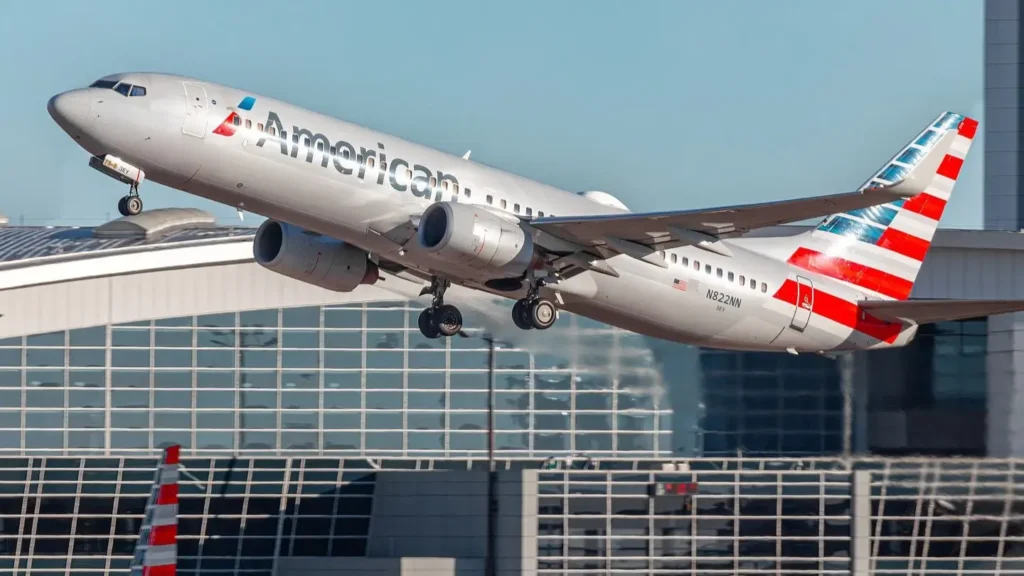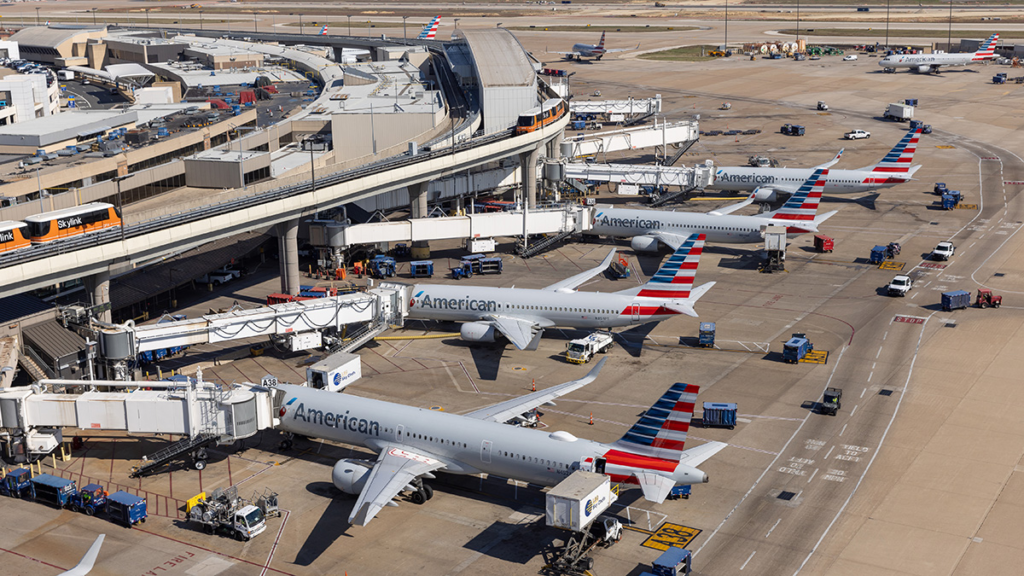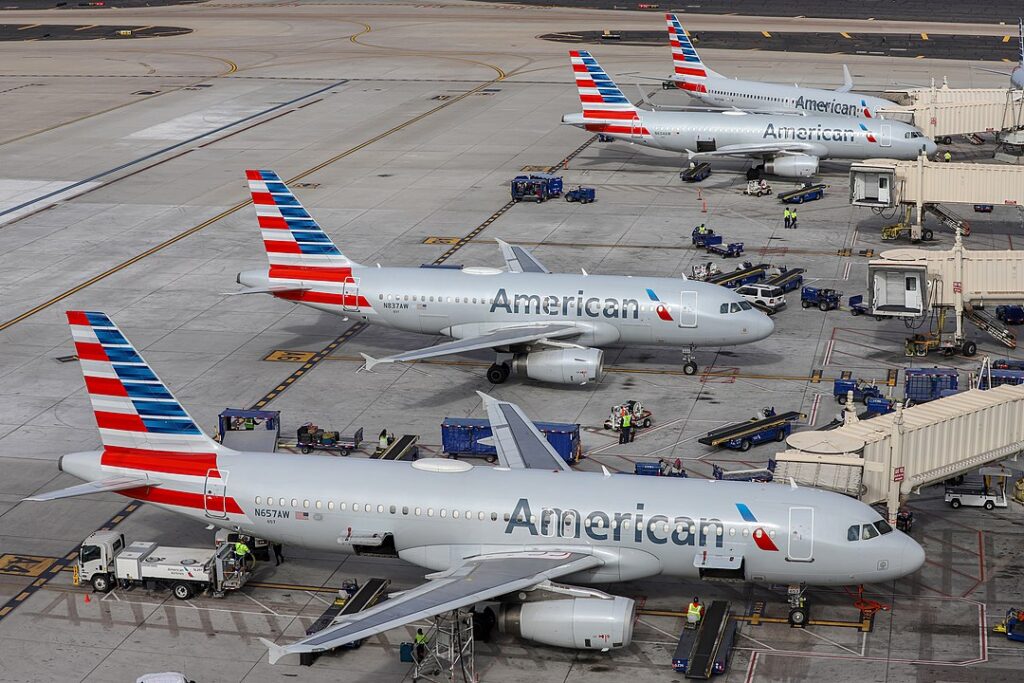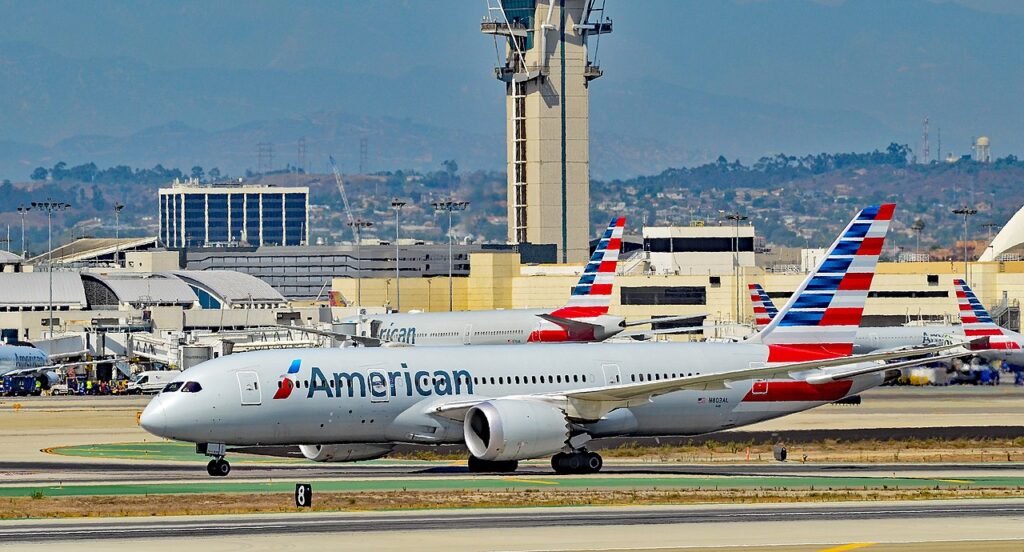FORT WORTH- American Airlines (AA) faces significant network coverage challenges beyond its Sunbelt stronghold, particularly in New York City, as revealed during the company’s third-quarter earnings call.
CEO Robert Isom addressed this strategic gap, signaling a shift in the airline’s focus.

American Airlines Sunbelt
“We prioritized restoring our Sunbelt hubs to full capacity post-pandemic. Our next phase targets increased capacity in northern tier hubs,” Isom stated during Thursday’s call.
The airline dominates the southern United States through its Dallas (DFW) and Charlotte (CLT) hubs, which rank among the world’s three largest single-carrier operations.
However, this southern concentration leaves American Airlines at a competitive disadvantage against Delta Air Lines (DL) and United Airlines (UA), who maintain stronger presences in northern regions and the West Coast.
The network strategy discussion emerged amid American’s ongoing recovery from distribution system challenges, reports Forbes.
JP Morgan analyst Jamie Baker pressed for clarity on this issue, asking Isom directly about the airline’s network weaknesses and management’s commitment to addressing them.
American Airlines CEO Robert Isom defended the carrier’s network capabilities during the third quarter earnings call, emphasizing its global reach and strategic partnerships. “Our network connects customers worldwide, backed by premier partnerships in major business and travel destinations,” Isom stated.
The airline has implemented targeted solutions for regional coverage gaps. Their West Coast presence strengthens through an Alaska Airlines (AS) partnership, while the now-terminated Northeast Alliance (NEA) with JetBlue (B6) previously enhanced East Coast operations. The federal court’s decision to dissolve the NEA eliminated a significant competitive option for New York travelers.

Plans to Strengthen Ops in New York
Isom highlighted American’s expanding New York presence, announcing plans for their largest post-pandemic schedule at LaGuardia (LGA) and JFK airports in the coming year. The airline maintains strong transatlantic services, particularly its London Heathrow (LHR) route through British Airways (BA) collaboration.
JP Morgan analyst Jamie Baker expressed concerns in a post-earnings note about American’s passive approach to potential market share losses in Chicago and New York, suggesting more aggressive expansion might be necessary.
Despite these challenges, American Airlines continues to expand its international routes. The airline launched an exclusive New York-Tokyo Haneda service in June.
Their Caribbean expansion includes new daily flights to Bridgetown, Barbados starting November 5, followed by Saturday service to three additional Caribbean destinations beginning December 7.

Challenges for Growth in New York
Recent Port Authority statistics reveal American Airlines’ significant market share deficit in New York’s major airports.
At JFK, American captures only 12% of passengers, trailing behind Delta’s 30% and JetBlue’s 24%. LaGuardia shows similar disparities, with Delta commanding a 42% market share compared to American’s 21%, while United dominates Newark with a 65% market share.
Allied Pilots Association spokesman Dennis Tajer criticizes American’s diminishing New York presence. “Robert Isom labeled New York ‘a boutique operation’ in 2017. Now they’re fighting to prevent it from becoming a bodega operation,” Tajer states, emphasizing New York’s position as “the largest niche market they’re not addressing.”
This market weakness traces back to a pivotal 2011 decision when US Airways traded 132 LaGuardia slot pairs to Delta for 42 Washington National slots before merging with American in 2013. This transaction significantly shaped LaGuardia’s current competitive landscape.
Vice Chairman Steve Johnson acknowledged these regional vulnerabilities during the earnings call. Responding to Evercore analyst Duane Pfennigwerth’s inquiry about network-wide impact, Johnson confirmed the heaviest losses occurred in highly competitive markets: “New York, L.A., Chicago, where we’re less strong.”
The New York market weakness potentially impacts American’s valuable frequent flyer partnerships with Citibank and Barclays, given New York’s status as a major financial center.
Tajer suggests American’s recent focus on corporate distribution strategy discussions diverts attention from fundamental issues. “The real problems lie in network coverage and product quality,” he asserts, adding, “They’ve cornered themselves in New York and now face an uphill battle to recover.”
Stay tuned with us. Further, follow us on social media for the latest updates.
Join us on Telegram Group for the Latest Aviation Updates. Subsequently, follow us on Google News

